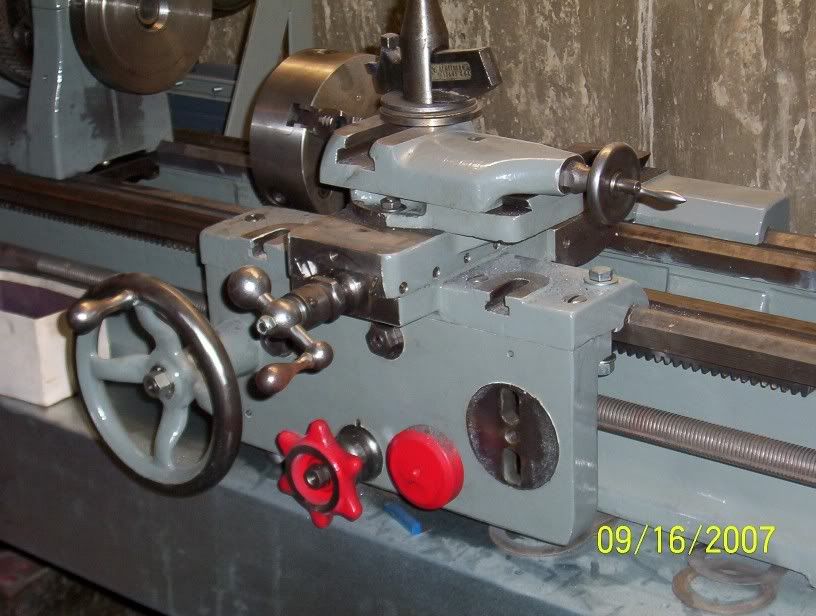i picked this nice little lathe up the other day and aready started on cleaning it up and repainting it and polishing some parts.
its in REAL good shape for any age lathe but especially for a 1922 , other then the 20 coats of paint and all the oil it is super tight...no play what so ever.
most of the ware points still have machine marks in them from when it was built
once i get done with it and get it all hooked up i wont have to bug HRE all the time to use his lathes.



 Reply With Quote
Reply With Quote



